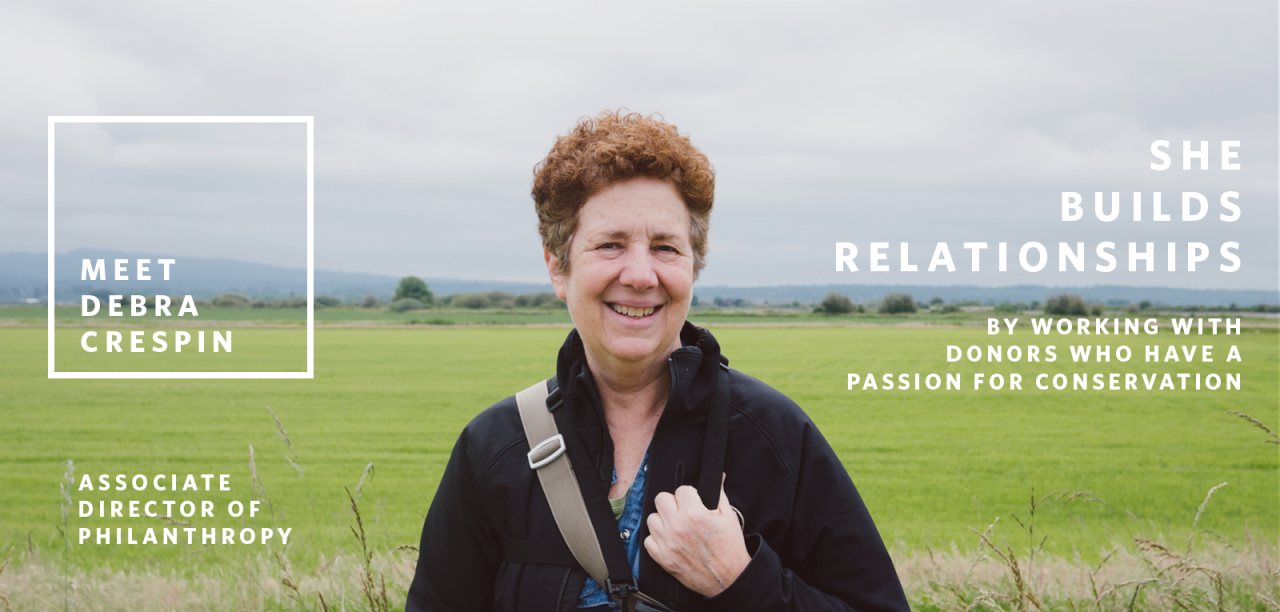I am the Puget Sound Community Relations Manager. My work focuses on working with floodplain communities on reaching beyond silos and finding holistic and integrated solutions to healthy river systems. At the heart of my work is a collaborative approach and using participatory techniques to create community driven solutions. Some of my favorite projects includes Photovoice for Agricultural Resilience, being the co-lead for the Floodplains by Design Culture and Capacity Action Group and leading the development of a Community of Practice for the Indigenous Landscapes and Communities Strategy.
I completed my Master’s Degree in International Development and Environmental Analysis at Monash University in Australia. There I focused on how to effectively mobilize communities to tackle our most pressing environmental issues. As a Washington native, I have been fortunate to be able to put those skills into practice here. I have worked in the natural resource and community building space for over 15 years.
I am grateful for all the gifts that nature has to offer and you many find me meandering in the mountains amongst the huckleberries. I also enjoy practicing yoga and being a lifelong student of Chinese and energic medicine.






































